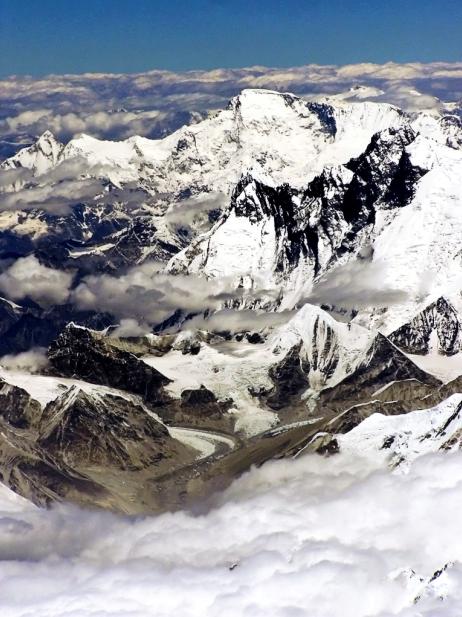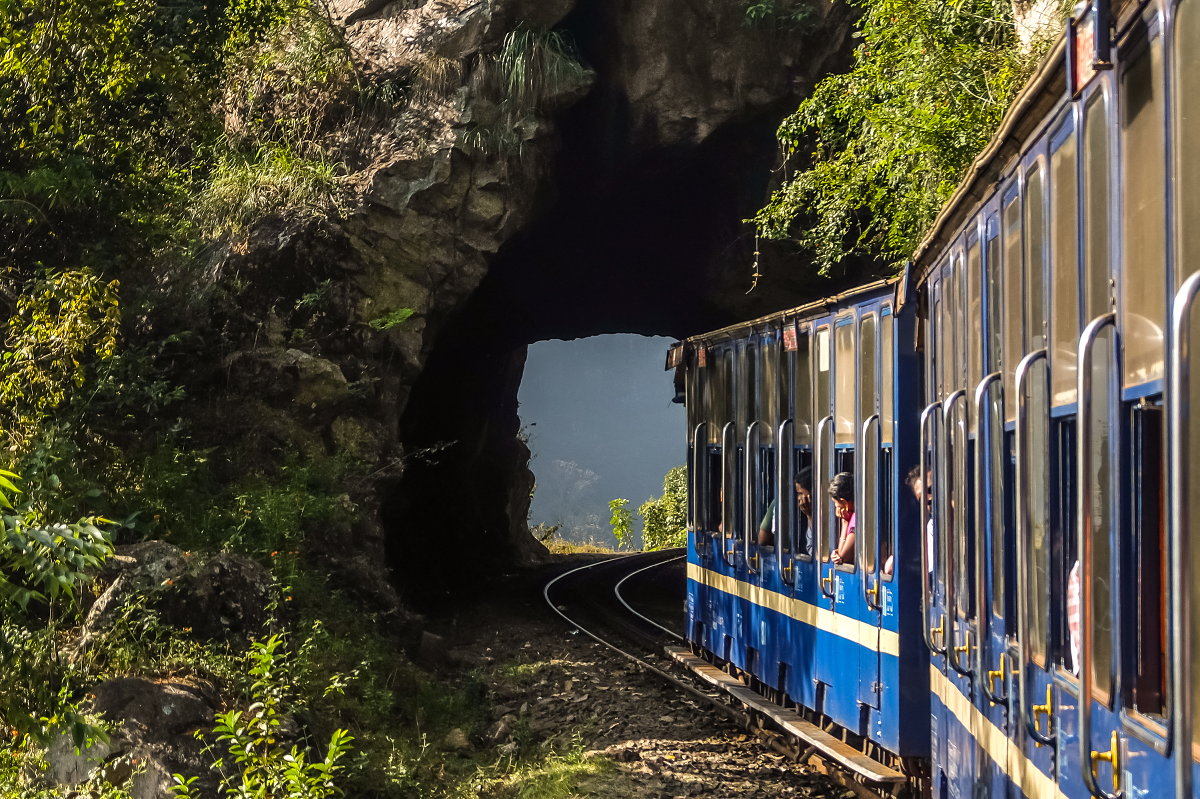The Himalayas – Highest and youngest mountain range of the world
In his book Truth and Beauty: Aesthetics and Motivations in Science, Nobel Prize winning astrophysicist Subrahmanyan Chandrasekhar writes: “The pursuit of science has often been compared to the scaling of mountains, high and not so high. But who amongst us can hope, even in imagination, to scale the Everest and reach its summit when the sky is blue and the air is still, and in the stillness of the air survey the entire Himalayan range in the dazzling white of the snow stretching to infinity? None of us can hope for a comparable vision of nature and of the universe around us. But there is nothing mean or lowly in standing in the valley below and awaiting the sun to rise over Kanchenjunga.”
For the longest time, people have been fascinated by the Himalayas and their mystic beauty. The Himalayan mountain range separates the Indian subcontinent from the Tibetan Plateau. This mighty mountain range lies across six countries in all – Bhutan, India, Nepal, Pakistan, Afghanistan and China. They are bordered on the northwest side by the Karakoram Range and Hindu Kush range, on the northern side by the Tibetan Plateau, and on the southern side by the Indo – Gangetic Plain.

This photo “Himalayas-Lhasa15” @flickr from ignat made available under a Share Alike, Attribution license.
This range is the highest mountain range in the world with all of the 14 ‘Eight-thousander’ (A mountain whose height is above 8000 meters) situated here including Mt. Everest, K2 (Also known as Mt. Godwin-Austen), Kanchenjunga, Nanga Parbat, Annapurna, Dhaulagiri, Cho Oyu and Makalu are some of the tallest peaks of the mountain range. However, the Himalayan mountain ranges are also the youngest on the Earth. Nearly 70 million years ago, the Indian continental plate, crashed into the Eurasian plate, resulting in the formation of the Himalayan range. Researchers state that the movement is continuing at a much slower pace even today resulting in the mountain range growing taller at a rate of 5mm per year
The Himalayas are also blessed with an extremely diverse range of flora and fauna. This exceptional natural wealth is a definite lure for botanists and zoologists who have over the years been conducting extensive studies and research on the rare species of flora and fauna found here. More than 600 million people depend on the Himalayas for their livelihood. Some of the major rivers of our nation like the Indus, the Ganges and the Brahmaputra have their point of origin amidst the snowy peaks of the Himalayan glaciers. Hindus, Jains, Sikhs and Buddhists hold several mountains in these ranges as sacred spots and conduct pilgrimages on a regular basis. The Himalayas provide perennial rivers, protect Indian subcontinent from cold Arctic winds, support several exotic wildlife and are revered as our nation’s pride. They are among the best treasures that nature has gifted us.


